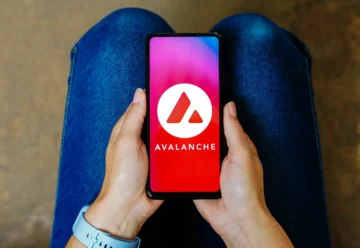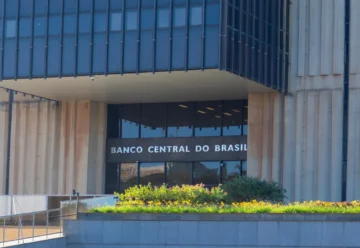Researchers Demonstrate the Potential of Quantum Systems for Crypto Payments

A study conducted at the University of Vienna has shown that the use of quantum technologies to conduct transactions with digital assets can increase their security by reducing the risks of hacking such systems to a minimum.
Researchers from the Vienna Center for Quantum Science and Technology demonstrated how a system for digital asset transactions could be created based on quantum mechanics to ensure the complete security of digital payments.
As part of the study, the scientists encrypted a payment transaction using a pair of quantum entangled photons. The binding process was accomplished through entanglement, in which quantum objects become interdependent and cannot be changed independently. In this way, the researchers were able to ensure that any attempts to change the transaction would be unsuccessful.
A practical experiment with transactions using entangled photons was conducted through a fiber optic cable. The scientists encrypted the transaction information and sent it to a nearby building about 400 meters away. In the path of the photons, the scientists attempted to alter them in order to disrupt or alter the transaction. However, they failed to do so. The information proved impossible to intercept or measure due to quantum entanglement.
According to the study’s authors, quantum technology can ensure the security of everyday digital payments. Suppose an attacker tries to attack such a transaction. In that case, the quantum state of photons will automatically change, and the system will generate a new pair of entangled photons with a new unforgeable cryptogram.
However, the biggest problem with this method remains its throughput. It took tens of minutes to complete a test transaction using quantum photons. According to the study’s authors, using higher-intensity photons could reduce the token transfer time to less than one second. However, this requires the development of more powerful quantum computers.
Moreover, scientists have recently proved that using quantum machines can increase the energy efficiency of cryptocurrency mining, as well as improve the scalability and reliability of systems based on the consensus algorithm Proof-of-Work.











